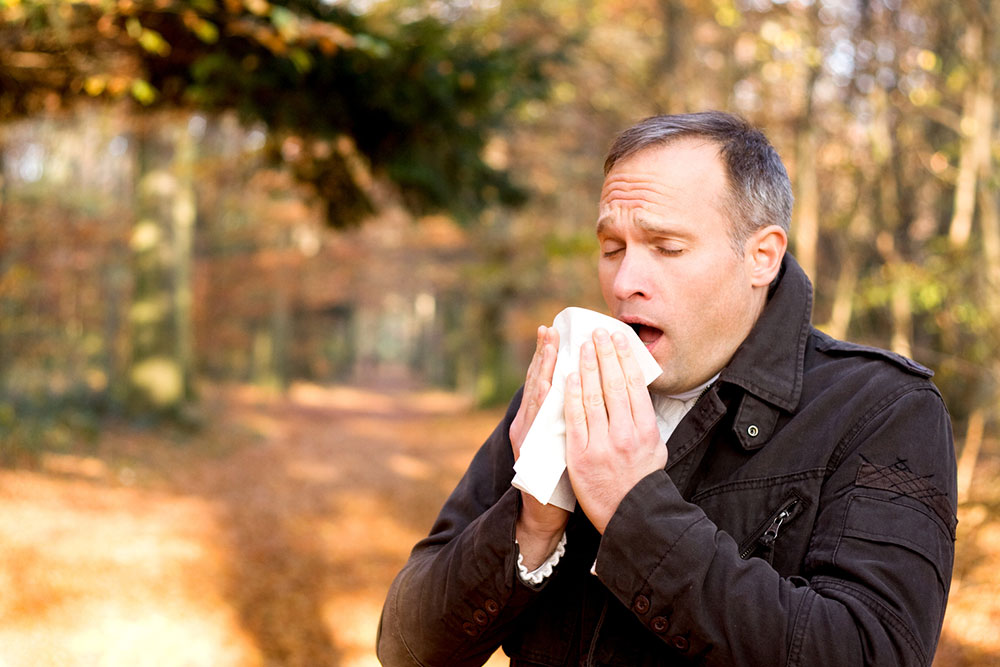Comprehensive Guide to Meningitis Caused by Streptococcus: Causes, Types, and Preventive Measures
Explore a detailed overview of streptococcus-related meningitis, including its causes, types, symptoms, risk factors, and comprehensive prevention strategies. Learn how early diagnosis and vaccination can effectively prevent severe complications linked to this life-threatening infection, emphasizing the importance of hygiene and prompt medical intervention.

A Deep Dive into Streptococcus-Related Meningitis: Causes, Different Types, and Prevention Strategies
Meningitis caused by Streptococcus bacteria is a serious and potentially life-threatening condition. It involves inflammation of the meninges, which are the protective membranes surrounding the brain and spinal cord. This inflammation leads to a range of symptoms, including severe headaches, neck stiffness, sudden high fever, confusion, and in some cases, seizures. Understanding the causes, types, and preventive measures for streptococcal meningitis is crucial for early diagnosis and effective management. This article aims to provide a comprehensive overview of streptococcus-related meningitis, its pathogenesis, clinical presentation, and strategies to prevent its occurrence.
Understanding the Causes and Symptoms of Streptococcus Meningitis
Streptococcus bacteria, notably Streptococcus pneumoniae and other related strains, are among the leading causes of bacterial meningitis worldwide. The infection can originate from various entry points, such as the respiratory tract, sinuses, or bloodstream. Once the bacteria breach the body's defenses, they enter the bloodstream—a condition known as bacteremia—and travel to the meninges, causing inflammation and swelling.
Infected individuals often initially exhibit symptoms similar to flu or other viral illnesses, including fever, headache, and fatigue. As the infection progresses, symptoms become more pronounced and specific to meningitis—such as stiff neck, photophobia, nausea, vomiting, altered mental status, and sometimes skin rashes. Early recognition of these symptoms is vital for prompt treatment, which can significantly reduce the risk of severe complications like brain damage, deafness, paralysis, or death.
Different Types of Streptococcus-Related Meningitis
Streptococcus-related meningitis can be categorized into distinct types based on the causative agent and its progression:
Bacterial Meningitis
This is the most severe form of meningitis caused by bacteria such as Streptococcus pneumoniae, Haemophilus influenzae type b (Hib), and Neisseria meningitidis. Bacterial meningitis progresses rapidly, often within a few hours to days, and can lead to serious neurological damage or death if not promptly treated. The bacteria can invade the bloodstream and cross the blood-brain barrier, leading to inflammation of the meninges. In children, these bacteria are common culprits, but infections can also occur in adults—especially those with compromised immune systems.
Streptococcus pneumoniae is a prominent strain responsible for bacterial meningitis, particularly in infants, young children, and older adults. It is often associated with pneumonia and sinus infections, which can predispose individuals to meningitis. Neisseria meningitidis is another highly contagious strain that often causes outbreaks in communal settings like schools and colleges, leading to epidemic forms of meningitis.
Viral Meningitis
This form results from infection by viruses, such as enteroviruses, HIV, mumps virus, and others. Viral meningitis tends to be less severe compared to bacterial meningitis and often resolves on its own without the need for specific antiviral therapy. Nevertheless, symptoms such as headache, fever, and neck stiffness are common, and supportive care is usually sufficient. Preventing viral meningitis involves vaccination and good hygiene practices.
Fungal Meningitis
Although rare, fungal meningitis can occur, especially among immunocompromised individuals. Fungi like Cryptococcus neoformans can cause an illness that mimics bacterial meningitis but is not contagious from person to person. Fungal meningitis requires targeted antifungal treatment to eradicate the infection. Without treatment, this form of meningitis can be life-threatening because fungi penetrate the central nervous system and cause extensive inflammation.
Key Risk Factors for Streptococcus Meningitis
Weakened immune systems, including those with HIV/AIDS, diabetes, or on immunosuppressive therapy
Previous head injuries or neurosurgical procedures
Recurrent respiratory infections or sinus issues
Chronic illnesses such as liver or kidney disease
Lack of vaccination against common pathogens like pneumococcus, meningococcus, or Hib
Preventive Strategies to Reduce Risk
Vaccination: Immunizations such as the pneumococcal conjugate vaccine (PCV), meningococcal vaccines, and Hib vaccine are highly effective in preventing bacterial meningitis. Vaccination is especially recommended for children, adolescents, immunocompromised adults, and travelers to endemic regions.
Maintaining Good Hygiene: Regular handwashing with soap, avoiding sharing personal items like cups and utensils, covering mouth and nose during sneezing or coughing, and overall good personal hygiene are essential for reducing transmission.
Safe Food and Water Practices: For preventing fungal meningitis, avoid unpasteurized dairy products and contaminated food sources, especially during pregnancy. Proper food handling and avoiding contact with contaminated environments play a role in prevention.
Prompt Medical Attention: Early detection and treatment of sinus infections, ear infections, and respiratory illnesses can prevent bacteria from invading the bloodstream and reaching the meninges.
Effective management of streptococcal meningitis hinges on accurate diagnosis and swift treatment. Antibiotics administered intravenously are essential for bacterial infections and should be initiated immediately upon suspicion. Fungal infections require antifungal medications, while supportive care—including hydration, fever management, and neurological monitoring—is critical across all types. Prevention through vaccination and hygiene remains the best defense against this serious disease, protecting vulnerable populations from its potentially devastating consequences.





